-
Posts
592 -
Joined
-
Last visited
Content Type
Profiles
Forums
Gallery
Events
Posts posted by bcochran
-
-
14 minutes ago, Kevin-the-lubber said:
Great photo. It'd look like the cat had got at it so I definitely won't go down that tack. I guess I'll have to make my mind up about the sails sooner rather than later, to factor it into the workflow. Once I've resolved the deadeyes and pinrails etc, maybe I'll then start experimenting on sails.
Meanwhile... inserting a pin into the lower deadeye works out fine. In this test both the pin and rope holes are a bit over-sized at 0.8mm, I wanted to see how far I could push it in terms of remaining wall thickness. The breaking strain is excellent, I had to pull quite hard and eventually the glue gives way.
On the other hand, my first attempt at stropping the deadeyes through to a dummy shroud was another education. It came out fine, using 0.8mm rope for the shrouds, but I rubbed every scrap of paint off both deadeyes along the way. I think these might need to be enamelled before stropping (obvious I suppose, they'll be totally unpaintable afterwards).
Did you make the deadeyes?
-
-
1 hour ago, shipman said:
Well spotted. They aren't like that now are they.
Wouldn't it be great if we had the date of these pictures and where they were taken?
What is the large rope along the lower area of the bulwark for? It is hanging by ropes tied to the rail, I think. It might be some kind of protection against things crashing into the stanchions and such during rough seas. I read in Lubbuck's book of several times when the deck as completely underwater and all that could be seen from above were the masts sticking out of the foam. Items not tied down must have crashed into the firm stationary parts of the deck.
I notice from reading other logs of the recent past that we seem to be discussing the same issues over again. I'd like to see a compilation of all the discussions sorted by topic from all the different logs, such as all the forecastle discussions. One item talked about more than once was the anchor chain. The chain had to be laying on the deck from the windlass to the pipes going down to the chin locker when the hatch was open for loading and unloading I'd think.
-
-
On 5/7/2022 at 5:24 AM, shipman said:
Thanks for your kind comment, Kevin.
Sails: There are several ways of depicting them. Hanging them as you say would have been normal in certain conditions; there doesn't have to be all up or down.
Somewhere I've seen a photo where the Cutty is moored, drying the sails. After all it wasn't seaman-like to furl damp sails, that would be begging for mildew and rot.
Depicting sails drying would be correct, but not very appealing visually as they would be just flat sheets hanging from the yards.
Hope you don't mind my digressions; it isn't my intention to 'take over' your posts. But I do hope to be helpful when I feel I have something constructive to contribute.
Here is a picture of Cutty Sark drying sails. Not very dignified, I'd say.
Hismodel has these sails that are for showing furled sails. Adding sails means adding much more running rigging as apposed to harbor rig. That is to do it right, in my opinion. On the positive side, furled on top of the yards means not having to add jack stays.
-
-
6 hours ago, shipman said:
Neither the Star of India or Balclutha were never designed or used as TEA clippers.
Yes, but they were clippers
-
5 hours ago, shipman said:
Ah, yes. Thank you.
I've read so much over the years; at some point recollections can get a bit cloudy. Thankfully a chance detail comes up which helps put 'new planks on an old hull', so to speak.
It's worth knowing that nearly all the wooden structures and masts etc were in open storage at Chatham when the fire occurred. So as the ship is now displayed, all or most of what you see was as it was before the fire.
The fire consumed all the contractors equipment and the temporary 'tent', but not much of the ship itself, with much of the iron framing surviving, if a little charred and maybe distorted a little.
Not withstanding any modern errors during reconstruction we are lucky to have what is at least a true monument to the ship and ships (long gone) of that era.
I hear that the Cutty Sark is the last remaining clipper. We have the Star of India (Ramsey Shipyard in the Isle of Man in 1863) in San Diego, which still sails and the
Balclutha (launched in 1886 by the Charles Connell and Company shipyard near Glasgow, Scotland) in San Francisco. Both are iron clippers.
-
41 minutes ago, shipman said:
Without photographs (which could be used during most of Cutty's life)......NOBODY KNOWS 🤓
Please remind me.....who is/was Sankey and where is the model?
It's here : https://www.johnsankey.ca/cuttysark.html Sankey is the grandson of one of the apprentices on the Cutty Sark when Wallace was captain. He was on the hell ship voyage.
-
This is interesting. Compare Underhill's plans of the forecastle with Campbell's and Revell's. Underhill has two plans. One with an up and down type windlass and one without. Also the capstand is in a different position on both. The break of the forecastle is a straight line with a ladder or steps in the center.
Campbell's is similar to what Revell has done except he has pin rails where Revell has steps. Campbell doesn't have any way to get from the main deck to the forecastle.
So which do you want for your accurate model? Revell, Underhill, Campbell or something else altogether? Was the Cutty Sark really that different during it's sailing days? Can we really pick one plan for our models and say we are accurate without reference to a period of Cutty Sark's life? Do our models represent the ship at any particular time in its life at all?
-
44 minutes ago, shipman said:
All pertinent questions. Ultimately, you have to decide on details gleaned from what is available.
I lean towards Longridge; he was an educated man and I'm sure his reasons for how he did things are in his book somewhere.
Revell: Their first US hull moldings included portholes along the full length of the ship. This was corrected before the kit was introduced in the UK.
Apparently Revell went to a lot of trouble to get things right; either the sent someone over or employed someone here to do a thorough job of recording the ship when first displayed in the dry dock.
After a thorough search of photos at that time, the portholes were indeed there. These had been introduced when the ship was a sail training vessel, giving light and ventilation to the students accommodation.
There are too few photos of the ship when employed to train young seamen, but what there are show many details now long gone. For instance the boat booms were mounted alongside the fore deck-house; the upper deck was partitioned off by several transverse bulkheads....and so on.
The removal of the row of portholes must have been done late 1950's/60's.
I assume the first four photos are of the Longridge model?
The first two are Longridge, the next two are Sankey's Revell model.
-
I noticed something about Longridge's model. He has white panels on the deck houses, a skysail boom, stun sail booms and brown wood masts. He also does not have the name board on the bow.
Is that accurate? Cutty Sark's skysail was gone in March 1880 when the yards and masts were cut down. What period of Cutty Sark's life did he model? His forecastle break is not like the ship today, which is what Revell has modeled. When was that changed on the ship?
By the late 1880's, I read John Sankey to say, that masts and spars were black and no stun sail booms in the cut down version. If one was to alter Revell's mast and yards to represent the cut down version, how would you go about it?
I want to know when the panels were first painted white.
John Sankey's model is what I aspire to, a wool clipper. Sankey's grandfather was an apprentice on the Cutty Sark during Captain Wallace's hell voyage.
Sankey said "G.F.Campbell made detailed drawings of her 1870 tea rig for the Cutty Sark Preservation Society" If we follow Campbell are we building a tea clipper? I guess so.
I wonder when we in 2022 decide what details to add to our models based on our assumptions about the ship in the years 1869 - 1922 how certain can we be that what we are doing to our models is accurate? At what point in time are we modeling her? Do we ask ourselves that?
I know my model is based on what Revell has done and my deciding to paint it as I like, along with an unpainted deck and the few changes I made. Mine will be in the vain of Longridge's, not an exact replica of the ship at any certain point in time. I think the same goes for most models.
My unsolved mystery and I really wish I knew is when were the panels first painted white? Another question I have is what was Revell's source of information when the model was designed? Its inaccuracies have been referred to many times in these forums and others, yet some authors consider the model very accurate.
This morning I have begun reading Longridge's book after having read Lubbock's book twice. Maybe I will find an answer. In his book, plans by Underhill show white panels on the deck houses. I have posted a potion of that plan. So what year was he referring to in his plan?
- popeye the sailor and Cirdan
-
 2
2
-
I noticed on Kevin's log a discussion of chain. I bought 45 link per inch chain on Ebay HO model railroad section. I bought all he had but there may be more later.
I learned long ago to look to model railroad parts for planes, boats and automobile details. They sometimes look like what you are after even though they are really something else in train scale. It helps that I have been playing with trains for 70 years. Ships are a sideline.
Crescent Locomotive works Inc, blackened brass chain. Great for freight car and flatbed loads, logging, rigging and many other applications. This chain is 45 links per inch and can be easily cut with an Xacto blade. Chain is sold by the foot at 1.95 per foot.
-
28 minutes ago, shipman said:
LOL it can be done!
Just got confused between these two builds, pardon me. I just added a comment to Kevin's log which should have been for yours (though most of my 'interuptions' may apply to both your logs) .... It's my way of showing some appreciation for what you are collectively doing.
As for scaling up from 1:168 to 1:96, unless you're going to get too technical, simply doubling the dimensions you're talking about (to the eye on a completed model) would look just fine.
I'm beginning to post to Kevin's log too. I learn a lot from him as I did from Bruma
-
2 hours ago, Kevin-the-lubber said:
That looks good. The white panelling gives it a bit more shape than the all teak scheme. I've asked over on my log but hope you dont mind me asking here too - what size rope should be used for threading the lower deadeyes?
I like the way your poop cabin looks.
-
9 minutes ago, shipman said:
Don't want to teach what you may already know.....
eg. assuming that's from Hackney: 5'' full scale rope at 1:168 would be 104 tight turns around a stick over the length of an inch.
That would be fine thread indeed.
I would not "reeve" ? deadeyes at 1/168 scale. That would be akin to self abuse I think.
.
-
2 hours ago, Kevin-the-lubber said:
That looks good. The white panelling gives it a bit more shape than the all teak scheme. I've asked over on my log but hope you dont mind me asking here too - what size rope should be used for threading the lower deadeyes?
I replied on your log, but here it is again.
This is from Hackney's book on the Airfix Cutty Sark , tpi = turns per inch. We would need to convert that size to 1/96. Airfix kit is 1:168 14 ft to an inch.
-
1 hour ago, Kevin-the-lubber said:
I'm falling at the first hurdle today: I need to do a test piece of setting up the deadeyes for the lower shrouds. Can anyone tell me what size rope should be used for the deadeyes, and how I could have readily figured that out for myself? I have plans and reference material galore, so must be missing something. I know the sizes for the shrouds, just not the rope that connects the deadeyes to each other.
Kevin,
This is from Hackney's book on the Airfix Cutty Sark , tpi = turns per inch. We would need to convert that size to 1/96. Airfix kit is 1:168 14 ft to an inch.
-
42 minutes ago, Kevin-the-lubber said:
That looks good. The white panelling gives it a bit more shape than the all teak scheme. I've asked over on my log but hope you dont mind me asking here too - what size rope should be used for threading the lower deadeyes?
I will research that. I have the answer somewhere in my books. Give me a bit of time. I also bought the Amati ropes from Hismodel. I haven't got them yet. I have somewhere the rope sizes for the Cutty Sark, and we need to convert that to the Amati threads.
-
I was wondering if the Revell sail plan was before or after the masts and yards were cut down.
Here is what it says in "Log of the Cutty Sark", "Thus it came about that in March 1880, 9 feet 6 ins were cut off her lower masts, 7 feet off her lower yards, and her upper yards were shortened in proportion, whilst her skysail yard disappeared altogether."
The Revell sail plan has a skysail yard, so I think it represents the ship before March 1880, before the cut down. That would mean another inaccuracy for my model because I think the white panels on the deck houses and poop cabin sides were there in the late 1880's after the cut down. I am not sure when they were painted, but the reason was to reduce the labor needed to keep all the teak varnished and reduce the crew size. The cut down was because the tea clipper days were over due to steam ships getting the tea cargos. The steam ships went through the Suez Canal cutting the number of days for the return trip by half of that of the clippers going around Africa. Thus, there being a lower profit and need to cut labor costs as a wool clipper and a reduction in sail area. The crew size was cut from 30 sum to 28 in 1880.
I don't feel like changing the Revell sail plan, so I will live with the inaccuracy.
-
15 hours ago, shipman said:
#154 is the German language version.
I copied that image online to show stacked boats
-
Here is where we stand today in the kitchen, almost a week off after having screwed up the stern etching again. I hope to get going again today. Not too much left on the main ship body. Need to start the masts and spars and begin rigging.
I was really not into it after the etching boo boo, Hismodel is sending a free replacement. I spent a lot of time reading "The Log of the Cutty Sark" to keep my interest up.
Playing around with the edit function on my i-phone gives the picture a more dramatic effect.
-
3 hours ago, shipman said:
Your #154 looks to be the same book but an edition I'm not familiar with.
https://www.ebay.co.uk/itm/353978898254?hash=item526ac9574e:g:DewAAOSw45FiQJ-needs c
This book turns up regularly on ebay, often much cheaper. I got one recently for under a tenner.
As with all kits, there's something needing a bit of fettling. That deck issue isn't the end of the world and not hard to put right.
Here is a free pdf download. https://onedrive.live.com/?cid=A6841197E6064168&id=a6841197e6064168!80203&parId=a6841197e6064168!80201&o=OneUp
I need to get back to the Cutty Sark it's been days
-
1 hour ago, shipman said:
Indeed, the Beagle is a re-hash of the Revell Bounty.
The 1:87 Airfix Bounty is a much better kit, the scale providing scope to get all the details correct.
The AOS book shows how accurate that kit is (at least compared to the drawings in the book).
AOS book? Something about the Airfix kit does not look right to me. The deck at the bow is below the top of the bow bulwark where Revell has it even.
J Tilly at Fine Scale Modeler said, "Airfix made some excellent sailing ship kits (the Wasa is one of my favorites), but the Bounty isn't one of them. The designers apparently ignored virtually all of the excellent available source material about this ship, and introduced some mistakes that are downright silly. "





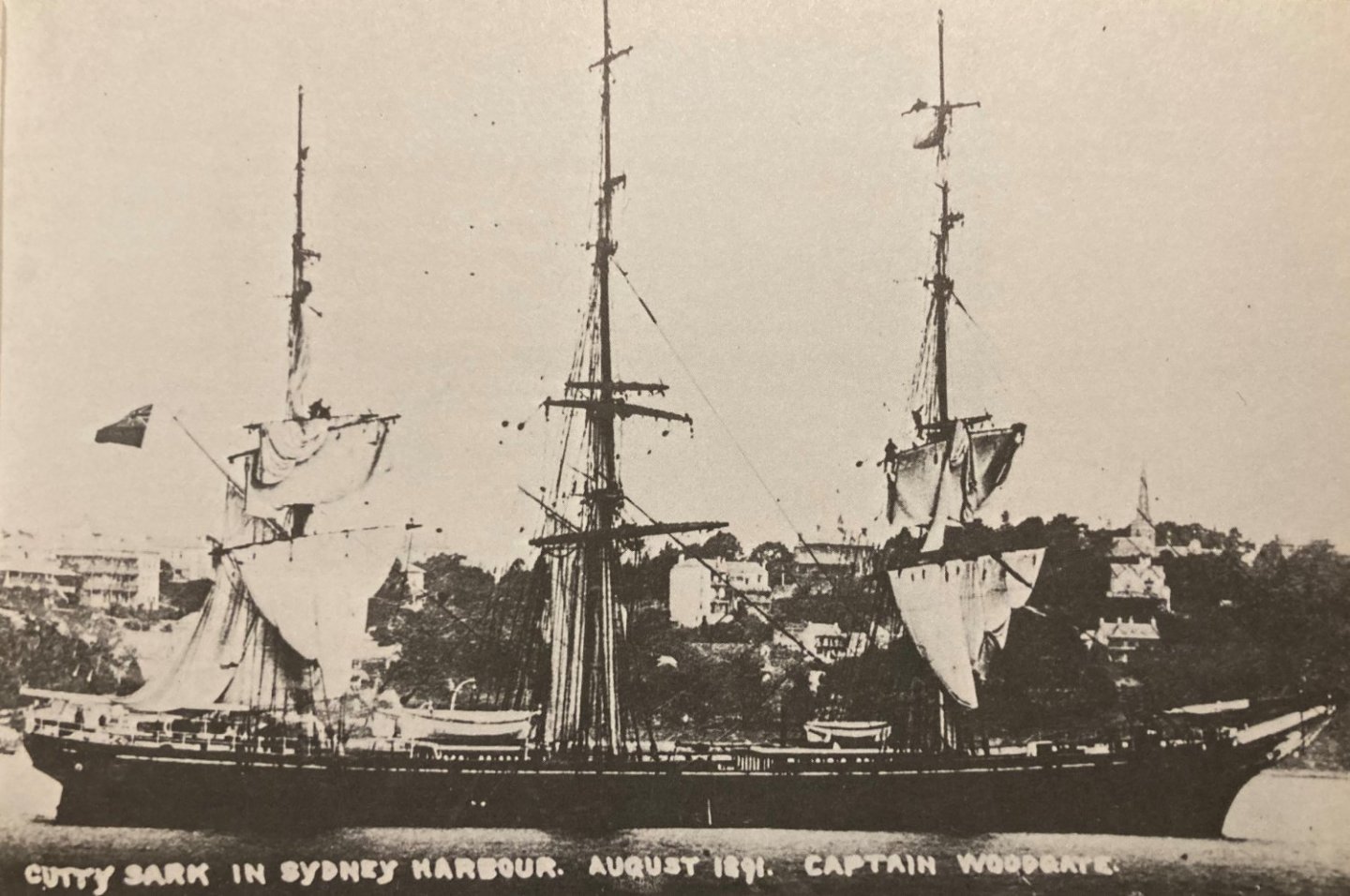
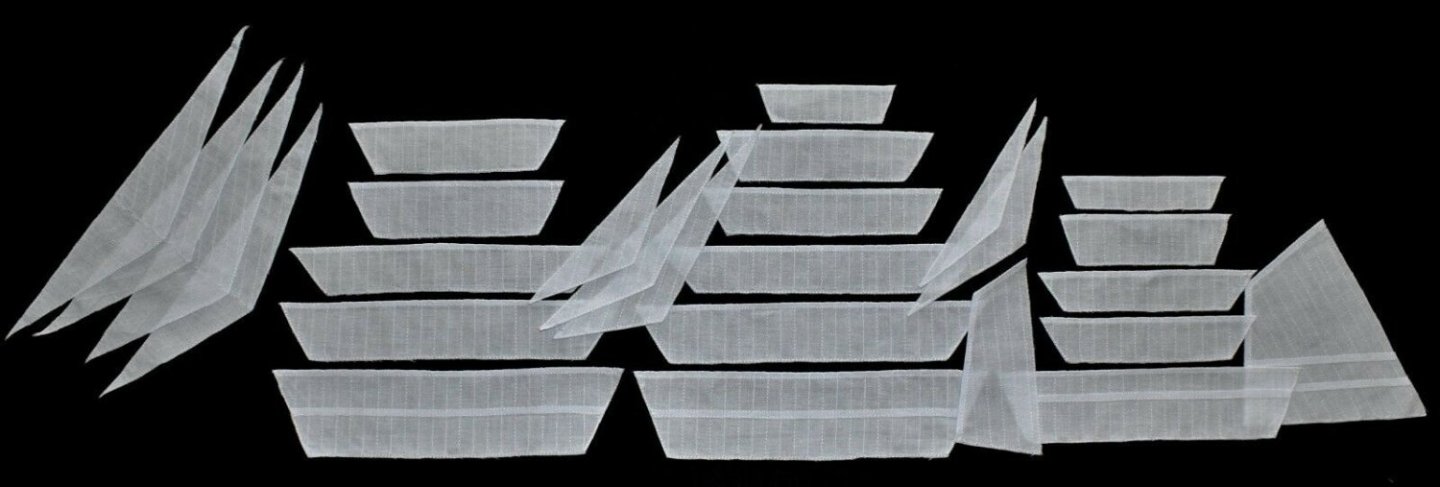


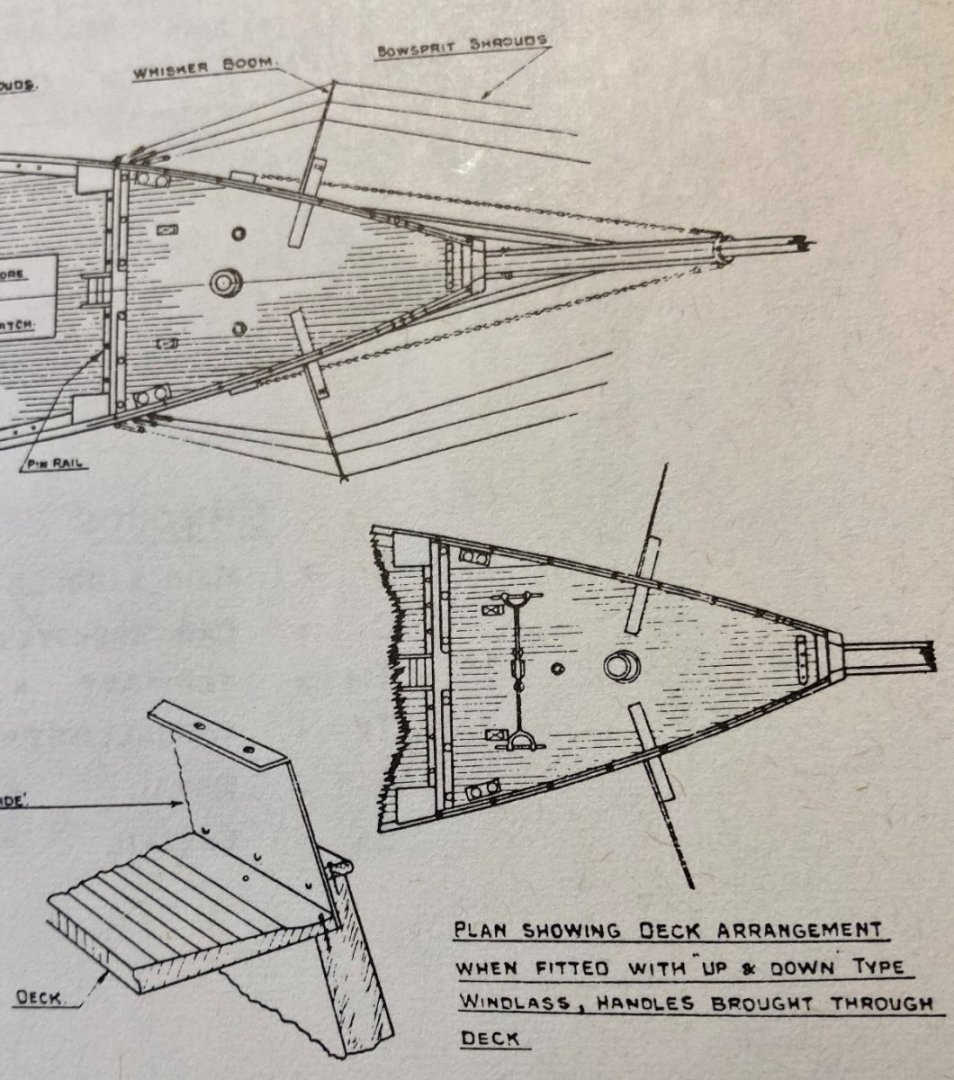





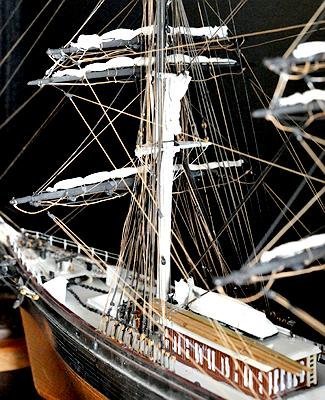

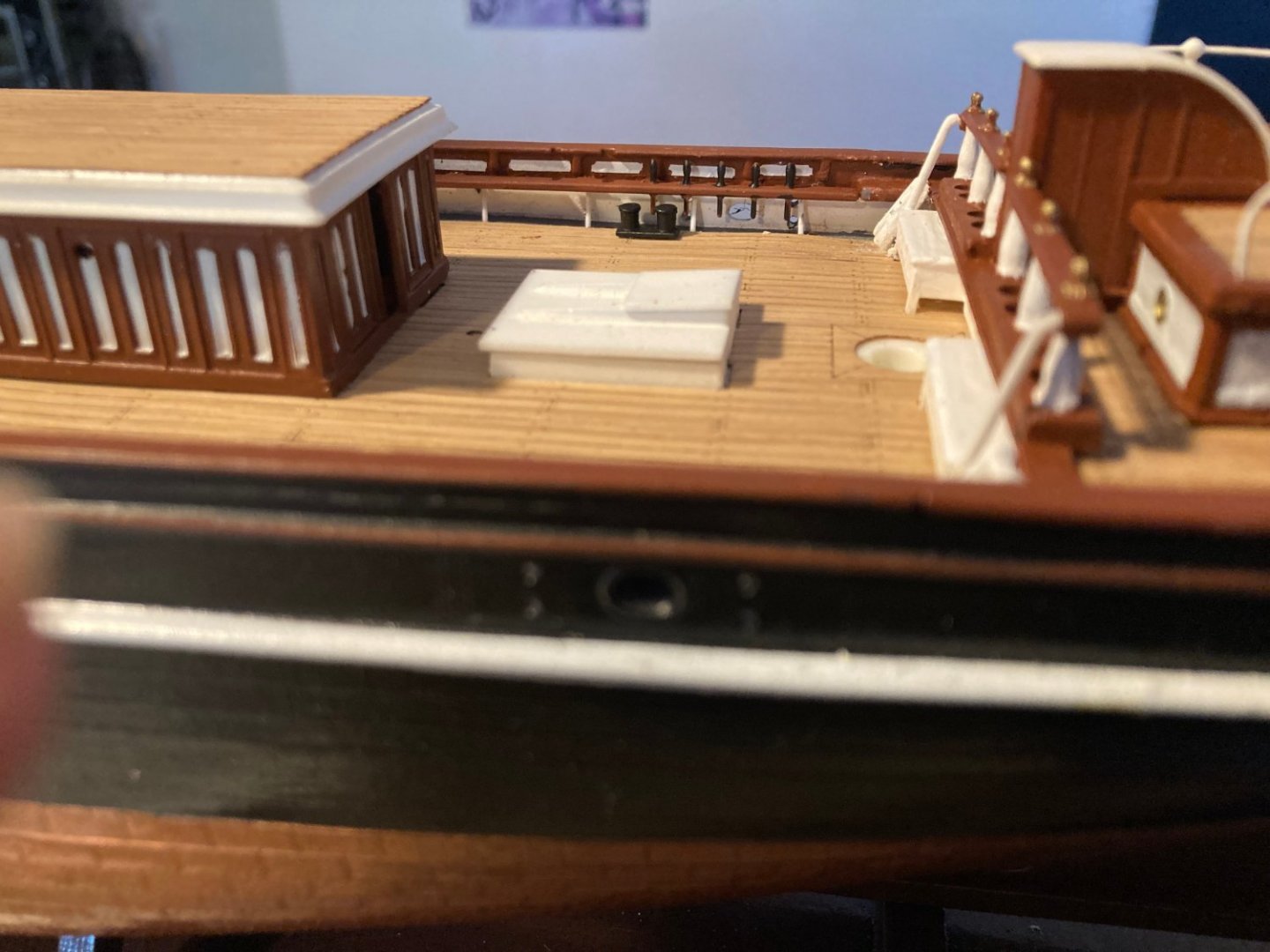
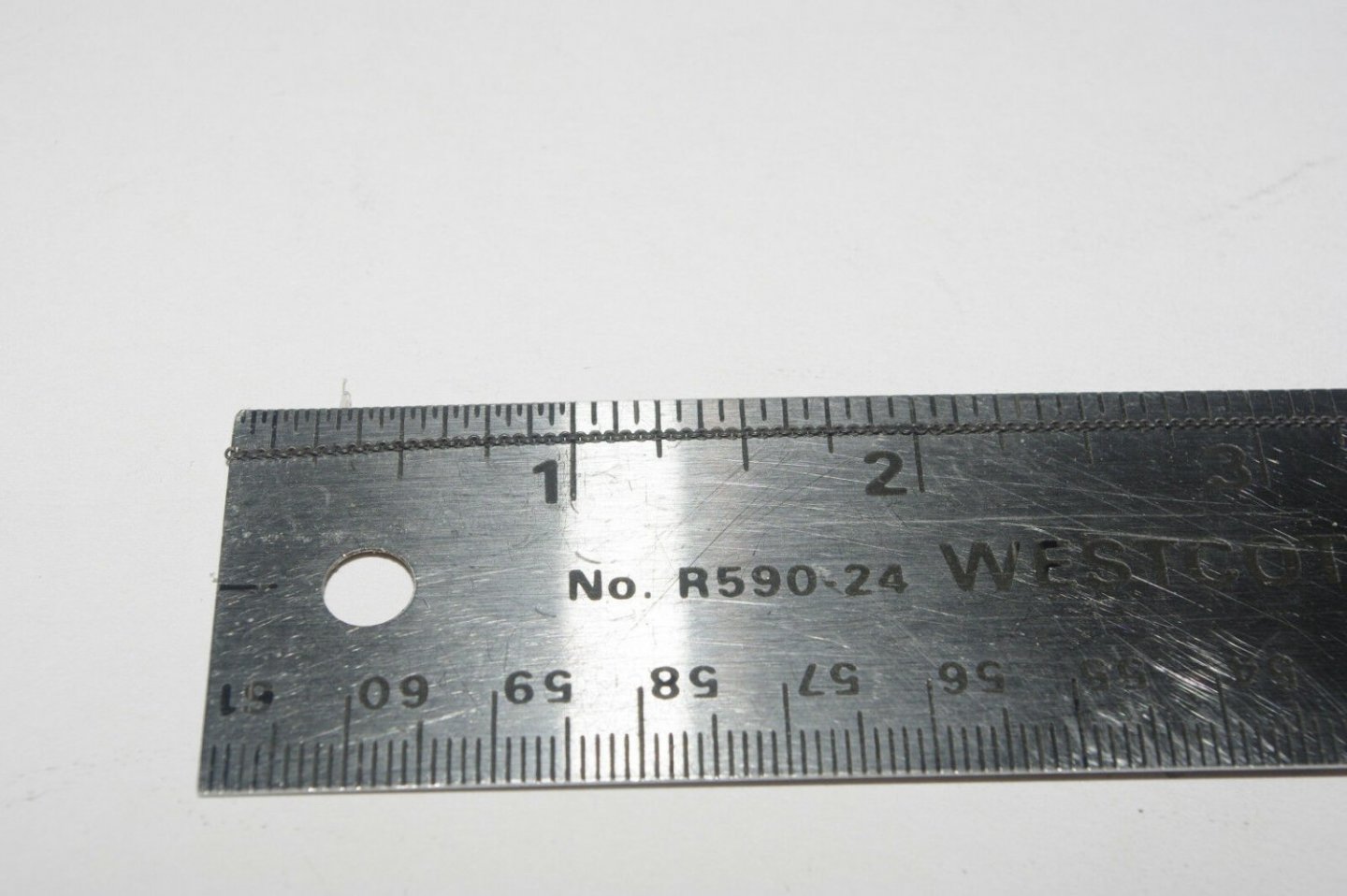

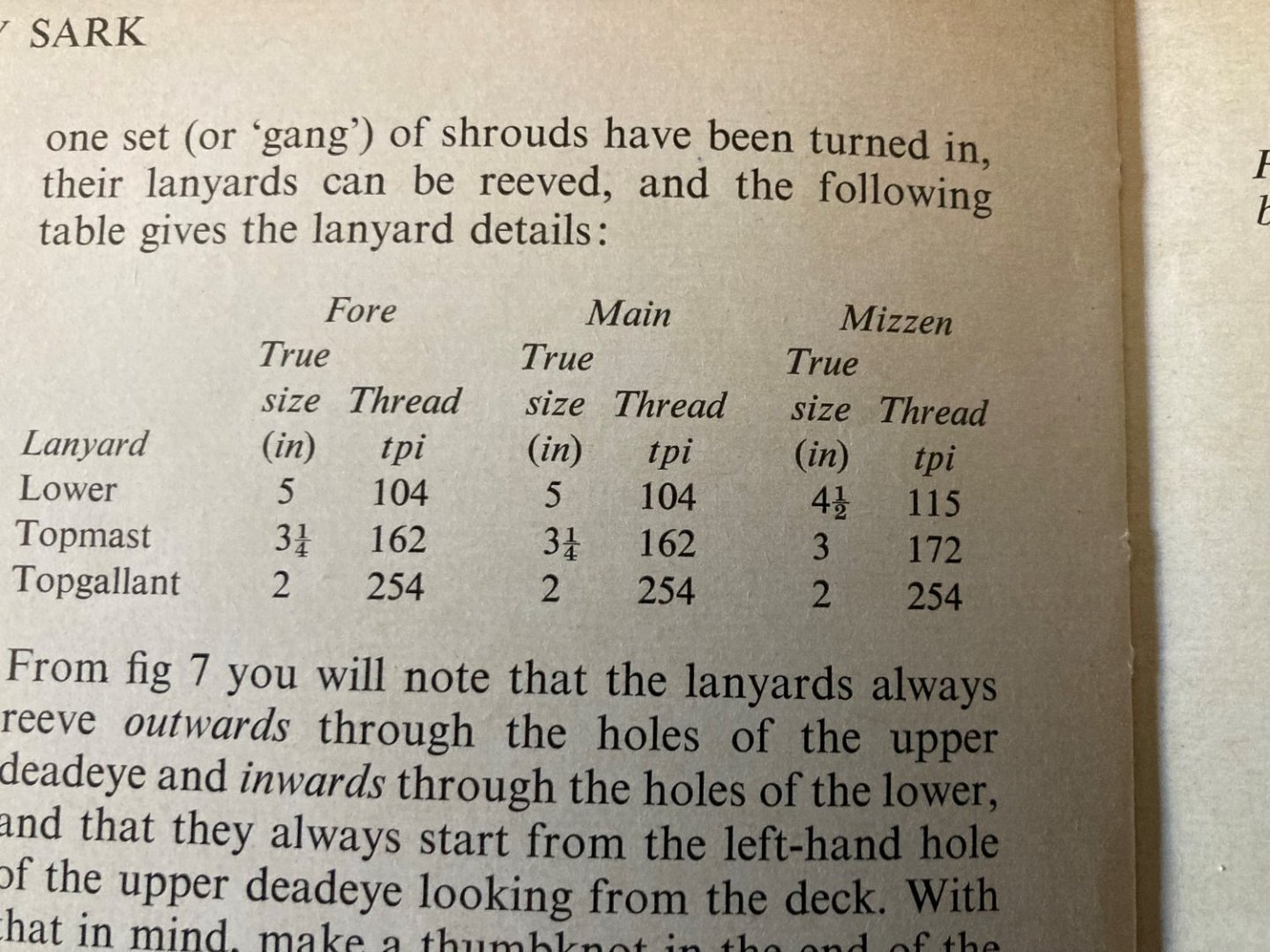

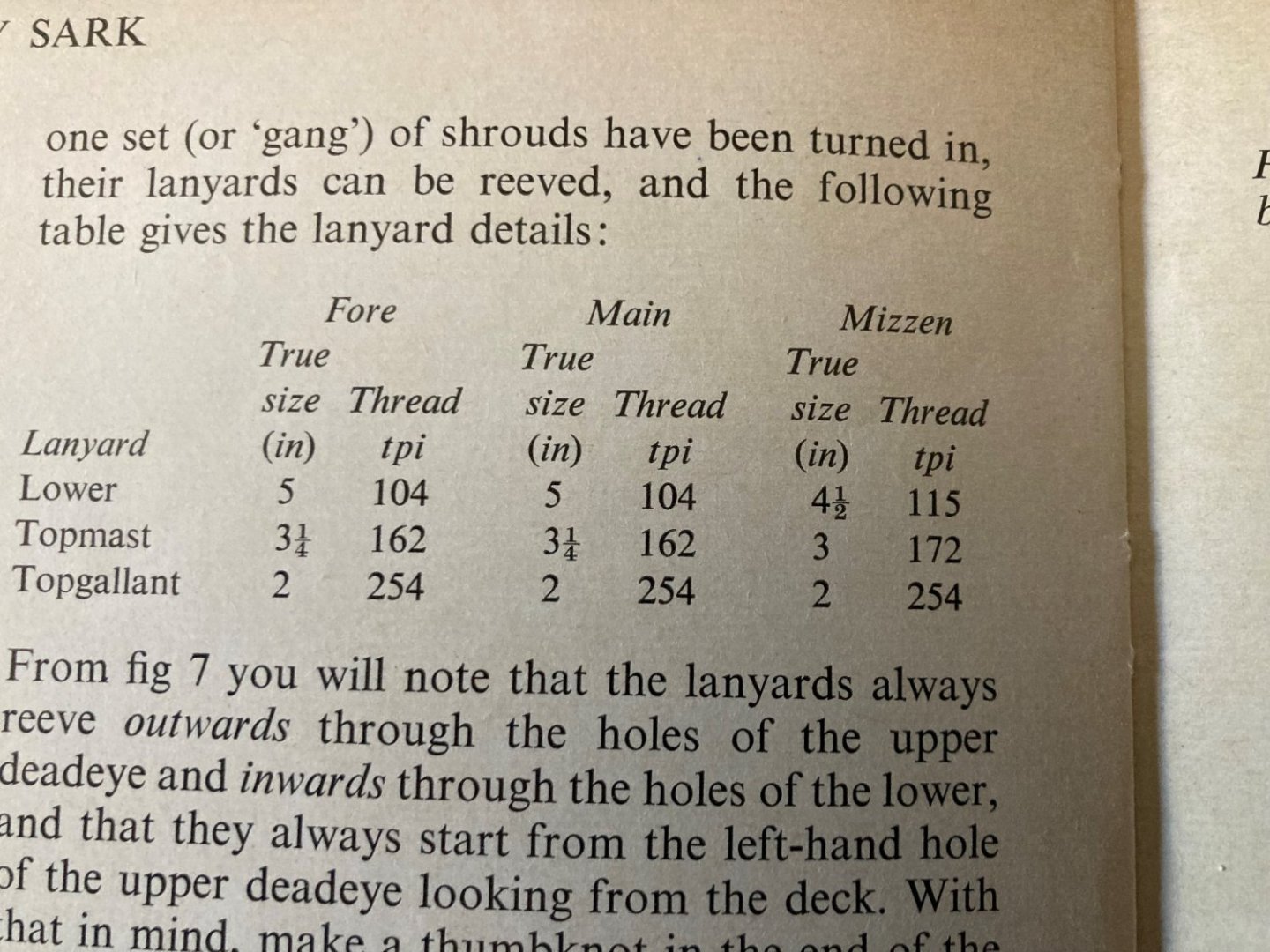

Cutty Sark by bcochran - Revell - 1/96 - PLASTIC
in - Kit build logs for subjects built from 1851 - 1900
Posted
I may try something like this to reeve (is that the right word?) deadeyes off the ship. I'ts a third hand from micro mark.